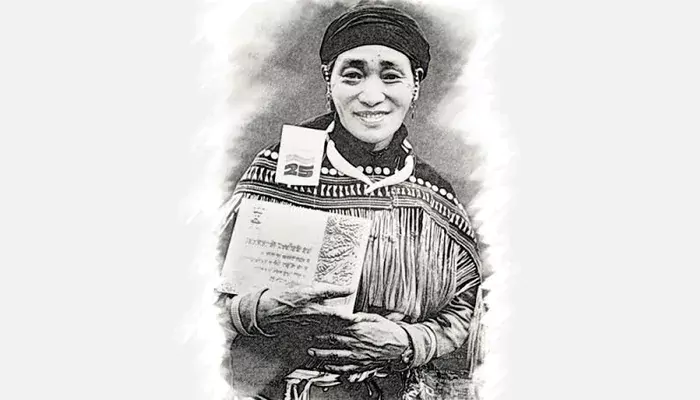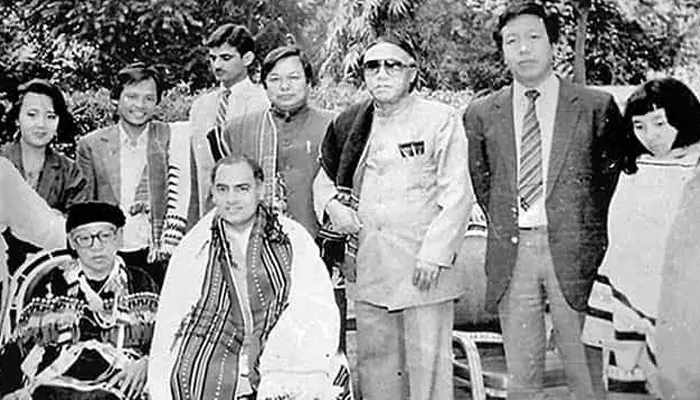
She ruled, she watched, she spied—Meet India’s royal Mata Hari!
What comes to mind when you think of Indian royalty during the British Raj? It's the picture of opulence: elephants decked in gold, palaces dripping in marble, and maharajas with mustaches as grand as their egos. But among the embroidered sarees and durbars, one queen wore her crown a bit differently. She ruled not just with grace but with grit and secretly, with a network of spies.
Yes, a real-life royal ran a spy ring during British rule, and her story is more gripping than any Netflix drama.
Meet Rani Gaidinliu, a Naga spiritual and political leader from the northeast who may not have worn a crown of rubies, but her influence was no less regal. At just 13, she joined the Heraka movement against the British. By 16, she was already on the colonial radar—not for her jewels, but for her underground resistance activities.

Operating from dense forests and hidden hamlets, Gaidinliu’s ‘court’ was a network of tribal informants and guerrilla fighters. Her weapons? Intelligence, strategy, and unputdownable courage.
While other princely heads dined with Viceroys multiple times, this queen moved in the shadows, collected information about British troop movements and shared vital updates to Indian nationalists. She trained her people to communicate in code language, decode messages tucked inside bamboo scrolls or pass the information silently from hand to hand across the hills.
Her network extended across Nagaland, Assam, and Manipur, quietly observing British operations. And all of this happened while she was being actively hunted!
Unlike the flashy Bond-style spycraft of the West, Rani Gaidinliu’s intelligence operations relied heavily on ancient tribal communication, symbols, and secret rituals. Messages were carved into trees or disguised as folk songs, passed through trusted village networks. That remain undetected by British ears.
Her missions were so effective that British officers referred to her activities as ‘subversive and dangerously spiritual’. In reality, her spiritualism was just the cloak—beneath it was a fiery resistance movement smartly disguised as religious revival.
The British eventually caught her and sentenced her to life in prison. But the spark (motivation) had already spread. Her spy ring stayed alive in whispers and coded letters, keeping the flame of rebellion burning until India tasted freedom in 1947.
Post-independence, newly formed Indian government didn’t forget her contributions. Rani Gaidinliu was released in 1947 and honored with the Padma Bhushan. Even Jawaharlal Nehru called her ‘Daughter of the Hills’
In an era where women are still fighting for representation in politics, STEM, and other industries, Rani Gaidinliu’s story reminds us that Indian women were already breaking the mold long before viral hashtags. She was not only a queen, she was a warrior who used intelligence as her battlefield.

Rani Gaidinliu began resisting the British when she was just 13—talk about early leadership!
Her followers believed she had spiritual powers, which only strengthened her aura and influence.
The British considered her movement one of the biggest threats in the northeast area.
A mountain peak in Manipur is named Gaidinliu Hill in her honor.
So, the next time someone tells queens only wear pearls and attend gala dinners, tell them about Rani Gaidinliu. About the queen who ran an undercover resistance with the elegance of royalty and the fire of revolution.